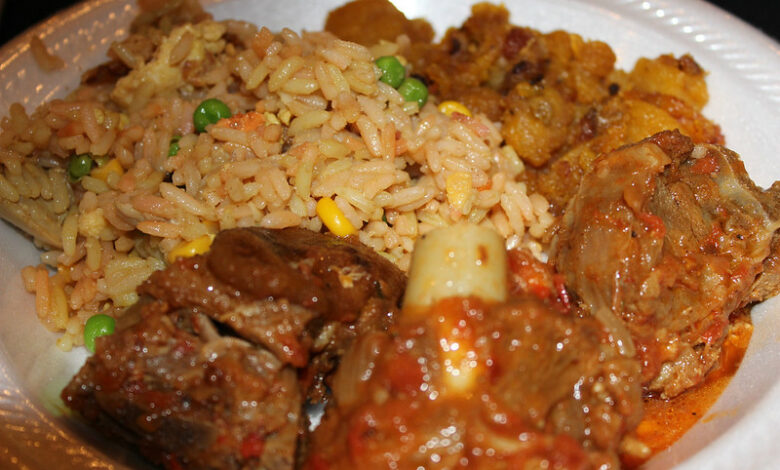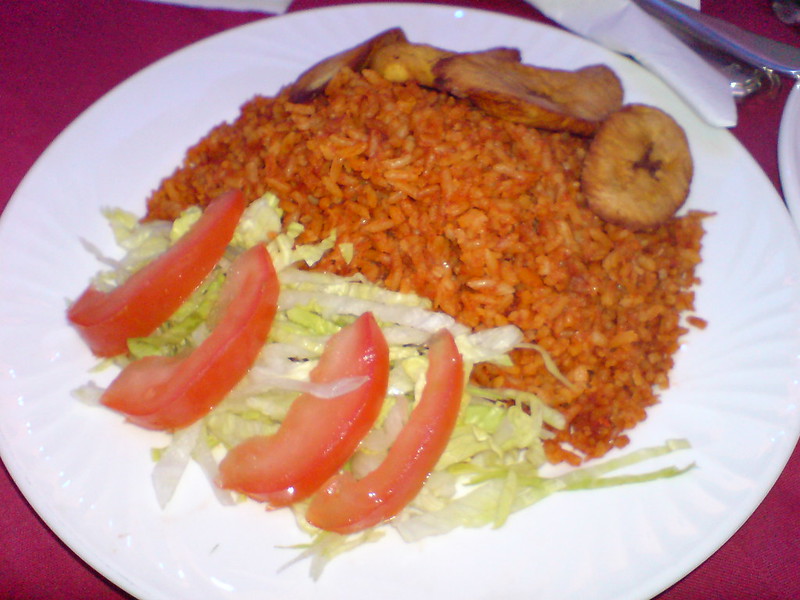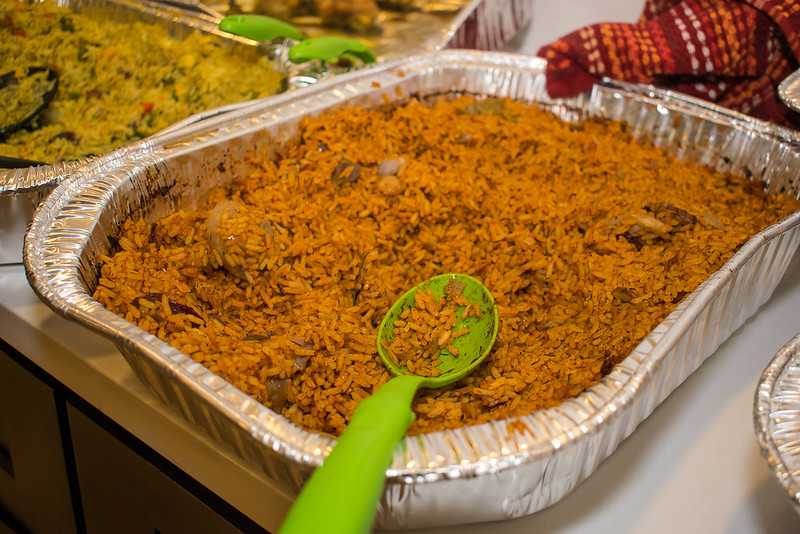The Flavorful Emblem: Jollof Rice’s Journey to Becoming Nigeria’s Unofficial National Dish
Despite the country's incredible diversity in culture and cuisine, Jollof Rice has emerged as an iconic and symbolic dish

In the realm of culinary delights, few dishes evoke a sense of national pride and unity as strongly as Jollof Rice does in Nigeria. Despite the country’s incredible diversity in culture and cuisine, Jollof Rice has emerged as an iconic and symbolic dish, cherished by Nigerians across the spectrum. This article delves into the reasons why most Nigerians consider Jollof Rice the de facto national dish of their country, tracing its history, cultural significance, and the unifying power it holds.
Cultural Heritage and Shared Identity
Nigeria is a melting pot of ethnic groups, languages, and traditions. Yet, in this diverse landscape, Jollof Rice serves as a unifying thread that binds people together. As each region and community offers its own unique twist on the dish, the variations exemplify the cultural richness and creativity of Nigeria. The commonality, however, lies in the fact that Jollof Rice is universally loved, and its preparation and consumption transcend regional boundaries.
Historical Roots and Connection

Jollof Rice’s journey to becoming an unofficial national dish is rooted in history. The origins of Jollof Rice can be traced back centuries to West Africa, and the dish is named after the Jollof Empire, which once existed in the region. While the dish is prepared and enjoyed across several West African countries, its Nigerian version carries a distinct flavor and identity that resonates with the people.
Flavorful Complexity and Culinary Craftsmanship
At its core, Jollof Rice is a celebration of flavors and textures. The dish is meticulously prepared by cooking rice with a blend of tomatoes, peppers, onions, and various spices. The result is a medley of sweet, tangy, and spicy notes that dance on the palate. The art of achieving the perfect Jollof Rice requires skill, patience, and a keen sense of balance, making it an embodiment of culinary craftsmanship.
Jollof Rice is not just a meal; it’s a centerpiece of celebrations, festivals, and gatherings. From weddings to birthdays, holidays to social events, Jollof Rice takes center stage on tables across the country. Its presence at these occasions marks a sense of abundance, joy, and togetherness. The dish’s ability to elevate any gathering has contributed to its widespread recognition and popularity.

Social Media and Global Visibility
In the modern era, the power of social media has further elevated Jollof Rice’s status. The #JollofWars hashtag has become a playful yet passionate online debate, with people from various African countries claiming their version to be the best. This virtual discourse has given Jollof Rice global visibility, creating an opportunity for Nigerians to proudly showcase their cultural heritage to the world.
Conclusion
Jollof Rice’s journey from a beloved dish to an unofficial national emblem is a testament to its multifaceted role in Nigerian society. Its ability to transcend cultural, regional, and social boundaries highlights its significance as a unifying force. Whether in its historical roots, its intricate flavors, or its role in celebrations, Jollof Rice is undeniably etched into Nigeria’s cultural fabric. As Nigerians come together to enjoy this dish, they celebrate their shared identity and the flavors that unite them.
Written by Artificial Intelligence
Edited by Murhero.com





